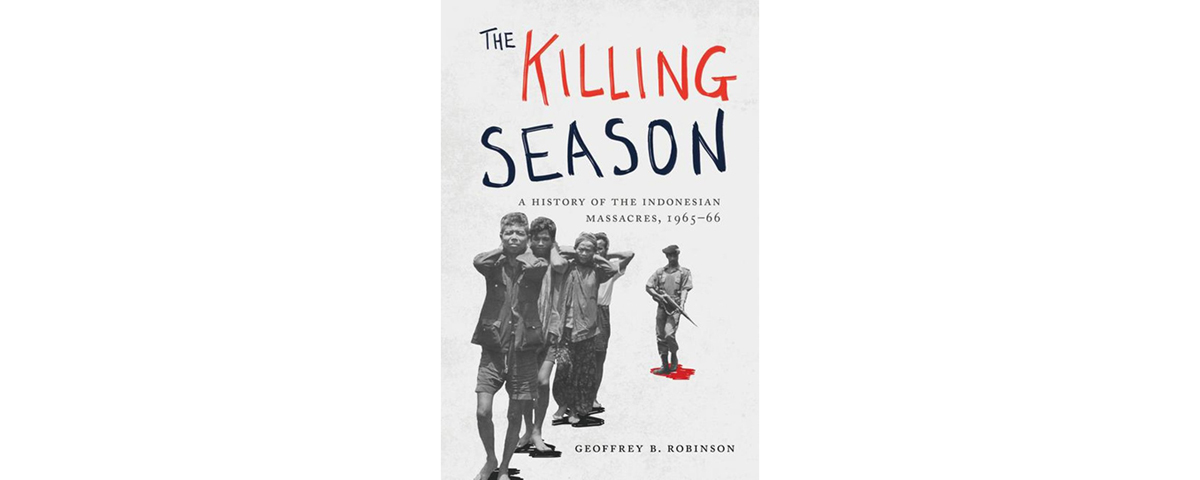The Killing Season: A History of the Indonesian Massacres, 1965–66, by Geoffrey B. Robinson, Princeton University Press, N.J., 2018, $35
Although one of the most horrifying episodes of the 20th century, the 1965–66 genocide of upward of a half-million Indonesians by that island nation’s army and associated death squads remains largely overlooked in comparison to similar atrocities—perhaps due to the victims’ communist ties. Geoffrey Robinson draws on recently declassified documents, firsthand interviews and a trove of primary resources to relate the catalysts, events and players behind the killings.
The author fingers the Indonesian army for organizing the genocide. “It was the army,” he writes, “whose territorial and paracommando units took the lead in conducting cleansing campaigns in which members of the PKI [Indonesian Communist Party] and its affiliates were detained, beaten and killed.” Robinson also divvies out varying degrees of blame on others, including local militia units and such foreign intelligence services as the CIA, which minimally supplied funds and communications equipment that facilitated the killings. That said, he does place the genocide in historical context, acknowledging the impact the Cold War and the specter of ever-encroaching communism played in formulating U.S. leaders’ decisions.
The result is an important book one hopes will spark broader discussion of the killings and perhaps break down barriers to reconciliation among survivors of the genocide and their countrymen.
—Christopher Booth





